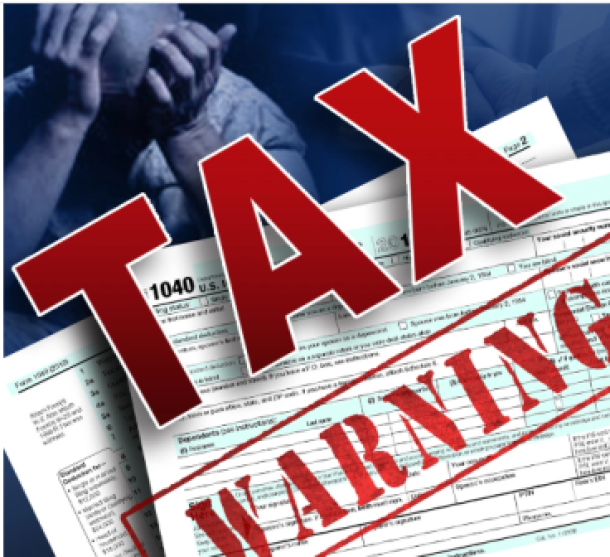
South Africa is getting new load-shedding rules — when they will be released
Hanno Labuschagne - MyBroadBand
South Africa’s new rules governing the implementation of load-shedding should be finalised by the end of March 2024.
That is according to feedback from the National Energy Regulator of South Africa (Nersa) to MyBroadband questions.
Nersa published its draft third edition of the NRS 048-9 Electricity Supply – Quality of Supply: Code of Practice – Load reduction practices, system restoration practices, and critical load and essential load requirements under system emergencies document on 11 August 2023.
This document details the standard Eskom’s System Operator uses when instructing power distributors to implement load-shedding.
The main change impacting South African households is that NRS 048-9 Edition 3 defines load-shedding stages up to stage 16. Previously, it only defined load-shedding up to stage 8.
Eskom’s oversimplification of load-shedding stages on its official website has led to the common misconception that one stage allows for up to 1,000MW of demand to be shed from the grid.
However, the existing load-shedding rules actually stipulate that a single stage allows cutting 5% of the total load, which could vary greatly depending on demand.
For example, in the winter, the load might be as high as 33,000MW at some points, which means stage 1 load-shedding can see 1,650MW cut from the grid.
In the summer holiday period, demand could be roughly 24,000MW. In this instance, one stage of load-shedding allows for cutting 1,200MW from the grid.
Whereas NRS 048-9 Edition 2 only allowed for shedding up to 40% of the total load under stage 8, the revised draft rules allow for load-shedding up to 80% of demand under stage 16.
In addition, it increases the maximum reduction through load curtailment from 40% to a reduction to only essential loads or “as instructed” by the System Operator.
The table below summarises the proposed demand reductions under the new load-shedding rules.
|
Proposed demand reductions under NRS 048-9 Electricity Supply Edition 3 |
||
|
Stage |
Reduction through load-shedding |
Reduction through load curtailment |
|
1 |
5% of demand |
10% reduction in normal demand profile |
|
2 |
10% of demand |
10% reduction in normal demand profile |
|
3 |
15% of demand |
15% reduction in normal demand profile |
|
4 |
20% of demand |
20% reduction in normal demand profile |
|
5 |
25% of demand |
30% reduction in normal demand profile |
|
6 |
30% of demand |
30% reduction in normal demand profile |
|
7 |
35% of demand |
40% reduction in normal demand profile |
|
8 |
40% of demand |
40% reduction in normal demand profile |
|
9 |
45% of demand |
50% reduction in normal demand profile |
|
10 |
50% of demand |
50% reduction in normal demand profile |
|
11 |
55% of demand |
Reduction to essential loads or as instructed by System Operator |
|
12 |
60% of demand |
Reduction to essential loads or as instructed by System Operator |
|
13 |
65% of demand |
Reduction to essential loads or as instructed by System Operator |
|
14 |
70% of demand |
Reduction to essential loads or as instructed by System Operator |
|
15 |
75% of demand |
Reduction to essential loads or as instructed by System Operator |
|
16 |
80% of demand |
Reduction to essential loads or as instructed by System Operator |
The NRS 048-9 Edition 2 document was open for public comment for several months, and the regulator said it has now concluded the consultation process.
Nersa received 11 written submissions from members of the public by the closing date.
A public hearing was not held as there was no request from stakeholders or members of the public to make representations at the public hearing, which was scheduled for 2 November 2023.
“Nersa is currently analysing comments and envisages that the consideration of the submission to the Energy Regulator and subsequent announcement of its decision will be done by the end of the fiscal year, 31 March 2024,” it stated.
The effective date from when the updated regulations take effect will be published once Nersa has finalised its internal process.
The regulator emphasised that introducing the new rules did not mean South Africans would experience higher stages of load-shedding.
The rules are meant to holistically guide the System Operator for all possibilities to prevent a total black-out situation.
“It is not necessarily based on the current or expected load-shedding levels, which are a result of supply not matching demand,” Nersa said.
“Moreover, it does not necessarily mean that load shedding is expected to become more intense or severe.”
Nersa added that the new standards would guide power distributors to ensure quality of supply, as well as assist them to develop plans to manage load-shedding better.
News Category
- International retailers
- On the move
- Awards and achievements
- Legislation
- Wine and liquor
- Africa
- Going green
- Supplier news
- Research tools
- Retailer trading results
- Supply chain
- Innovation and technology
- Economic factors
- Crime and security
- Store Openings
- Marketing and Promotions
- Social Responsibility
- Brand Press Office
Related Articles

Warning of Eskom collapse

Knorr recalls brown onion gravy sachets

Eskom CEO shares good news about load-shedding

Tax warning for South African businesses


